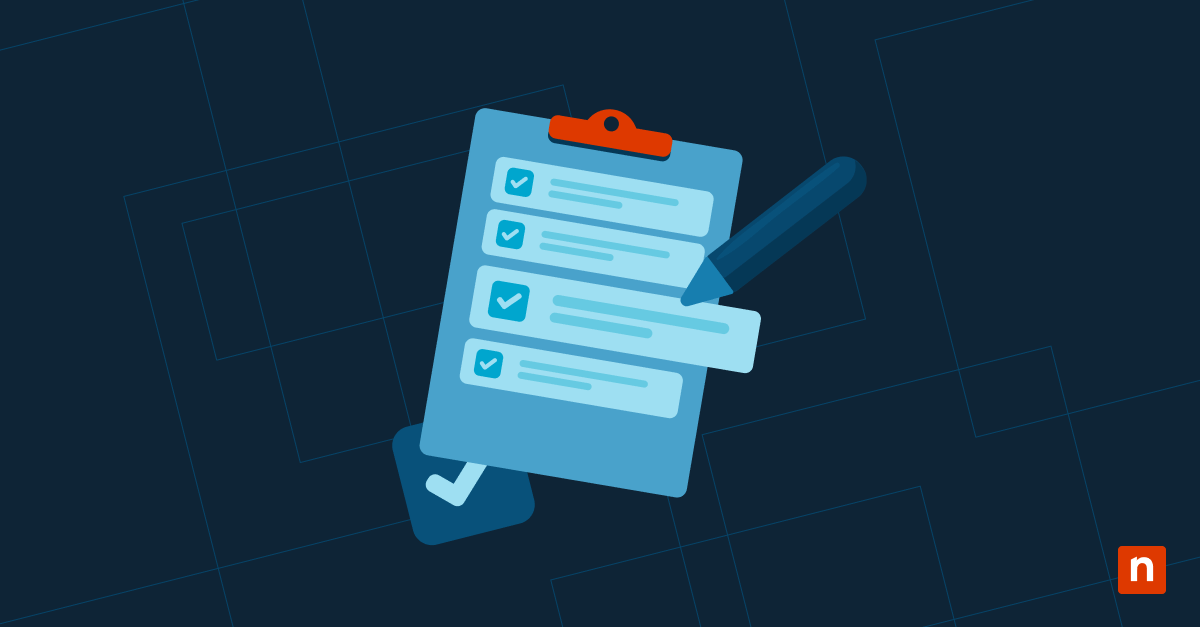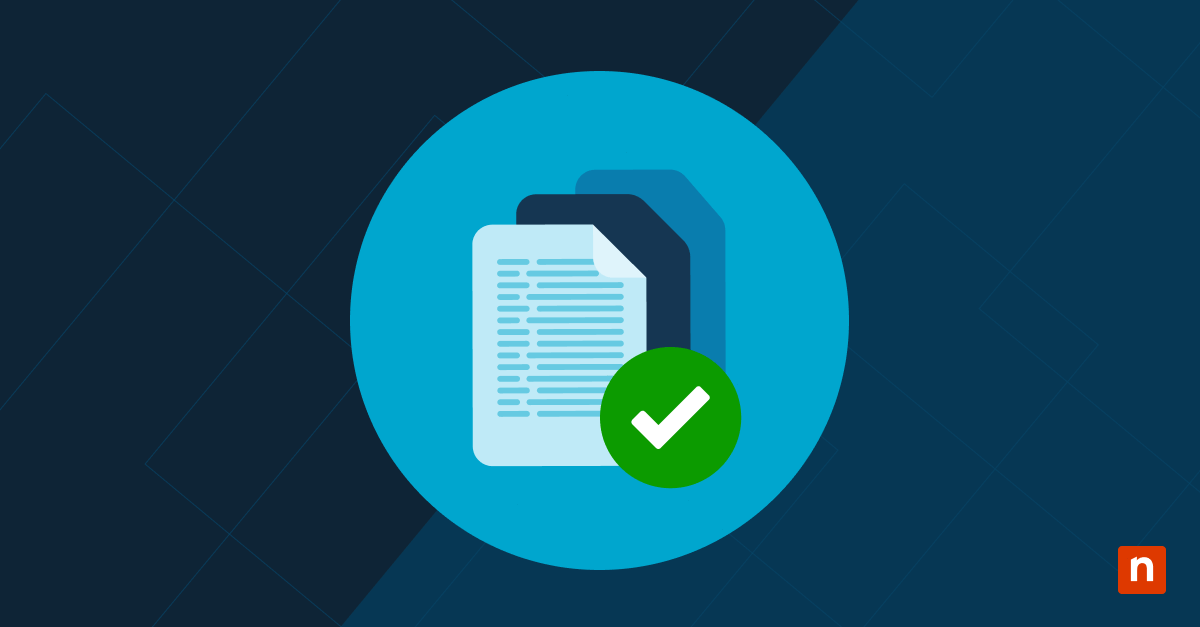SharePoint houses your organization’s most critical business data, yet many companies are vulnerable to SharePoint data loss due to user errors, system failures, and cyber attacks. Without a proper backup of Microsoft SharePoint, a single mistake can permanently destroy years of collaborative work, compliance records, and institutional knowledge. With our guide, you will discover efficient ways on how to backup Microsoft SharePoint Site Collections and build optimal data protection.
SharePoint’s native backup gaps and vulnerabilities
Microsoft’s built-in ability to backup Microsoft SharePoint leaves critical gaps that expose your organization to data loss. These deficiencies put mission-critical business data at constant risk.
Critical gaps include:
- No granular recovery: Impossible to restore individual documents without affecting entire site collections
- Limited recycle bin protection: Only 30-90 days of coverage before permanent deletion
- Vulnerable version history: Users with edit permissions can accidentally delete all document versions
- Missing metadata preservation: Custom columns, workflows, and permissions often lost during recovery
How to backup M365 SharePoint documents systematically
To properly backup Microsoft SharePoint, you need to address multiple layers simultaneously: site collections, document libraries, lists, and version histories. You need strategies that capture documents, metadata, permissions, and custom configurations together. Each layer requires specific techniques to maintain data integrity during backup and recovery processes.
Site collection-level protection
Site collection backups capture the entire hierarchical structure, including subsites, libraries, lists, and security settings. Use PowerShell’s `Backup-SPSite -Identity “http://sitecollection” -Path “C:\Backups\sitecollection.bak”` for on-premises environments.
For SharePoint Online, implement Microsoft Graph API calls with `Export-SPWeb` commands during off-peak hours. Configure backup jobs to include custom master pages, themes, and site templates for complete recreation capabilities.
Document library preservation
Document libraries require specialized approaches that maintain file metadata, content types, and folder structures. Execute `Export-SPWeb -Identity “http://site” -Path “C:\Backup\library.cmp” -IncludeUserSecurity` to preserve permissions alongside content. For SharePoint Online, use SharePoint Migration Tool with incremental backup settings that capture only files modified within the last 24 hours.
List data and metadata
SharePoint lists contain critical business data requiring careful handling to preserve relationships and custom fields. Use `Export-SPWeb -Identity “http://site” -ItemUrl “Lists/CustomList” -Path “C:\Backup\list.cmp”` for targeted list backups.
Export complex list structures to XML format using SharePoint’s native export functionality, which preserves column definitions, data types, and validation rules. Include calculated columns and formula definitions in your backup Microsoft SharePoint scope to maintain complete list functionality during restoration.
Version history retention
Version history preservation requires backing up all document versions with their metadata and timestamps. Configure PowerShell scripts using `$item.Versions` collection to iterate through each version: `foreach($version in $item.Versions) { $version.File.SaveBinary(“C:\Backup\$($version.VersionLabel).docx”) }`.
Implement retention policies that maintain 50-100 versions per document based on compliance requirements. Capture check-in comments and version labels to preserve complete audit trails for regulatory purposes.
SharePoint backup difficulties that complicate recovery
Recovery complications arise from SharePoint’s interconnected architecture, where components depend on each other through permission inheritance, workflow dependencies, and cross-site relationships.
Complex permission structures
SharePoint’s inherited permissions complicate backups when site, list and item levels each have unique access controls. Site-level permissions with 15+ custom permission levels require special handling in order to properly backup Microsoft SharePoint.
Likewise, custom SharePoint groups containing 100+ users need permission mapping preservation to maintain security boundaries. Document permission inheritance can break when parent containers have different security settings, requiring granular permission backup using `Get-SPWeb | Get-SPList | Get-SPListItem` PowerShell commands.
Workflow and automation dependencies
SharePoint workflows play a critical role in automating business processes, not just storing content. To ensure a complete recovery, backup strategies need to account for these workflows; otherwise, key operations like approvals and task routing can fail post-restore.
Here are some of the SharePoint backup difficulties:
- External dependencies: SharePoint workflows rely on external systems, custom assemblies, and service accounts that complicate standard backup processes.
- Power Automate separation: Power Automate flows connected to SharePoint exist outside the SharePoint environment and require separate backup procedures.
- Custom workflow components: SharePoint Designer workflows need their .xoml files and associated assemblies backed up alongside site data.
Custom web parts and solutions
Custom SharePoint solutions often rely on external assemblies and third-party services, making them harder to back up than out-of-the-box features. Farm-level deployments add another layer of complexity — if WSP packages aren’t preserved and mapped correctly during backup, restoration can break critical integrations or disrupt custom functionality.
SharePoint Framework (SPFx) web parts need their source code, manifest files and deployment packages backed up separately. Custom master pages referencing external CSS files create restoration challenges when file paths change during recovery processes.
Cross-site content relationships
Content spanning multiple site collections can cause restoration challenges when lookup columns reference external lists. Managed metadata service connections require term store backup alongside site content to maintain taxonomy relationships.
Content Query Web Parts displaying data from 5+ different sites break when source sites are restored independently. Search-driven web parts lose functionality when search indexes aren’t rebuilt after restoration, requiring manual recrawling of 10,000+ documents.
Comprehensive SharePoint backup strategies
Your backup strategy should address recovery time objectives (RTO) of four to eight hours and recovery point objectives (RPO) of one to 24 hours based on business requirements. Implement testing procedures that validate backup integrity monthly through non-production environment restoration.
Granular vs. full site backups
Granular backups enable restoration of individual items within 15-30 minutes without affecting other content, ideal for user error recovery. Full site backups provide complete environment restoration but require two to four hours for large site collections.
Combine approaches by performing daily granular backups of libraries with high change frequency and weekly full site backups. Use PowerShell scripts with `Get-SPSite | Where-Object {$_.LastContentModifiedDate -gt (Get-Date).AddDays(-1)}` to automate selection based on modification dates.
Automated backup scheduling
Implement PowerShell scripts with Windows Task Scheduler running at 2 AM daily to create consistent backup schedules. Configure backup jobs using `schtasks /create /tn “SharePoint Backup” /tr “powershell.exe -File C:\Scripts\backup.ps1” /sc daily /st 02:00` for automated execution.
Use incremental approaches, capturing only changed content since the last backup, to minimize 500 GB+ storage requirements. Set up email notifications using `Send-MailMessage` cmdlets when your backup of Microsoft SharePoint encounters errors or exceeds a four-hour completion window.
Third-party backup tools
Commercial solutions provide application-aware ways to back up Microsoft SharePoint with built-in compression, reducing storage by 60-80% while maintaining performance. These tools support both on-premises SharePoint 2016/2019 and SharePoint Online environments for hybrid deployments.
Key features to evaluate:
- Granular recovery: Individual document restoration within five-minute recovery windows
- API integration capabilities: Seamless connection with existing SharePoint infrastructure
- Automated retention management: Policy-driven data lifecycle management
- Centralized monitoring: Single dashboard view across multiple SharePoint farms
- Hybrid deployment support: Unified protection for on-premises and cloud environments
Hybrid cloud approaches
Hybrid strategies combine on-premises storage for 30-day retention with cloud storage for compliance requirements. Use Azure Backup with daily local backups and weekly cloud synchronization to balance recovery speed with cost efficiency.
Implement tiered storage, moving backups older than 90 days to Azure Cool Storage, significantly reducing costs. Configure cross-region replication with Recovery Services Vault, allowing for high availability during regional disasters.
Validating SharePoint backup integrity and recoverability
Test specific scenarios including individual document restoration within two-minute windows, complete site collection recovery taking 30-60 minutes, and cross-site content relationship preservation. Document testing procedures with step-by-step checklists and maintain validation records demonstrating backup reliability to auditors and stakeholders.
Protect your SharePoint data with enterprise-grade backup
Stop worrying about how to backup M365 SharePoint documents and compliance gaps. NinjaOne’s cloud-native backup solution delivers automated SharePoint protection with ransomware-resistant encryption, granular recovery options, and centralized management across all your endpoints. Start your free trial today.








